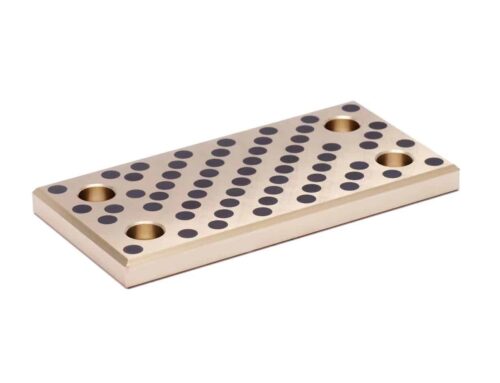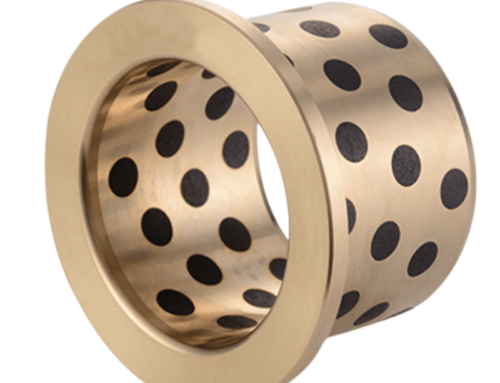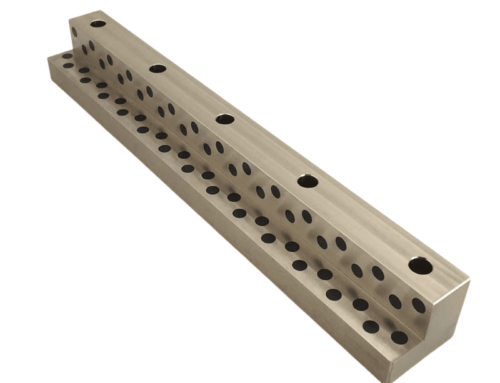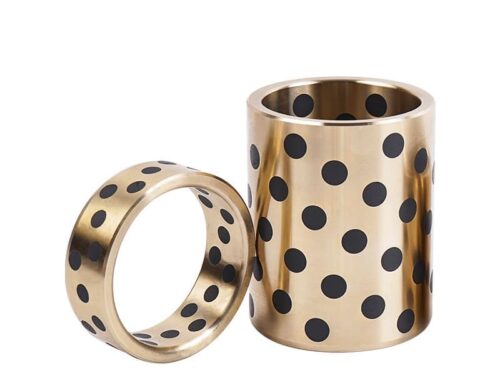Custom Graphite Wear Strips Manufacture – Customized Plate Solutions
NAAMS Cam Gibs with 10mm Lip Graphite Bronze: Enhancing Precision and Efficiency in the Automotive Industry
NAAMS (North American Automotive Metric Standards) cam gibs are an essential component in the automotive industry, ensuring precision and efficiency in various manufacturing processes. The 10mm lip graphite bronze cam gibs offer numerous advantages, including reduced friction, extended service life, and improved performance. This article will discuss the benefits of NAAMS cam gibs with a 10mm lip made of graphite bronze, their applications in the automotive industry, and the importance of adhering to NAAMS standards.
Functions and Applications
Material Advantages: Graphite Bronze
Graphite bronze is a versatile material that combines the strength and wear resistance of bronze with the self-lubricating properties of graphite. This combination results in cam gibs that offer excellent durability and reduced friction between mating surfaces. The self-lubricating nature of graphite ensures smoother operation, longer service life, and lower maintenance requirements, making graphite bronze cam gibs an ideal choice for the automotive industry. 25-35 % of the sliding surface is embedded with solid lubricant deposits, but deviations are possible due to the shape and size of a particular component. The size and arrangement of the solid lubricant deposits may also vary within the various products and sizes!
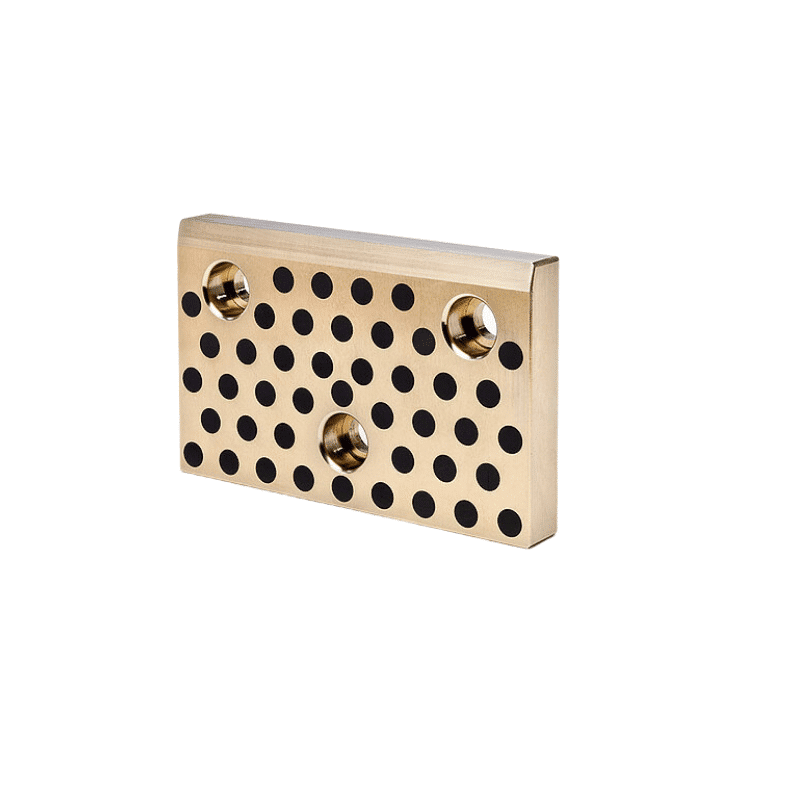
Product Quality Index
Energy Generation
NAAMS Standard Guide Components: Bushings, Flange Bushings, and Wear Plates
NAAMS standard guide components, including bushings, flange bushings, and wear plates, are essential for ensuring compatibility, interchangeability, and streamlined manufacturing processes in the automotive industry. By adhering to NAAMS standards, manufacturers can guarantee that these components meet stringent quality and performance requirements, ensuring reliability and durability in various applications. Utilizing NAAMS standard guide components in automotive manufacturing processes contributes to increased efficiency, precision, and consistent high-quality output.
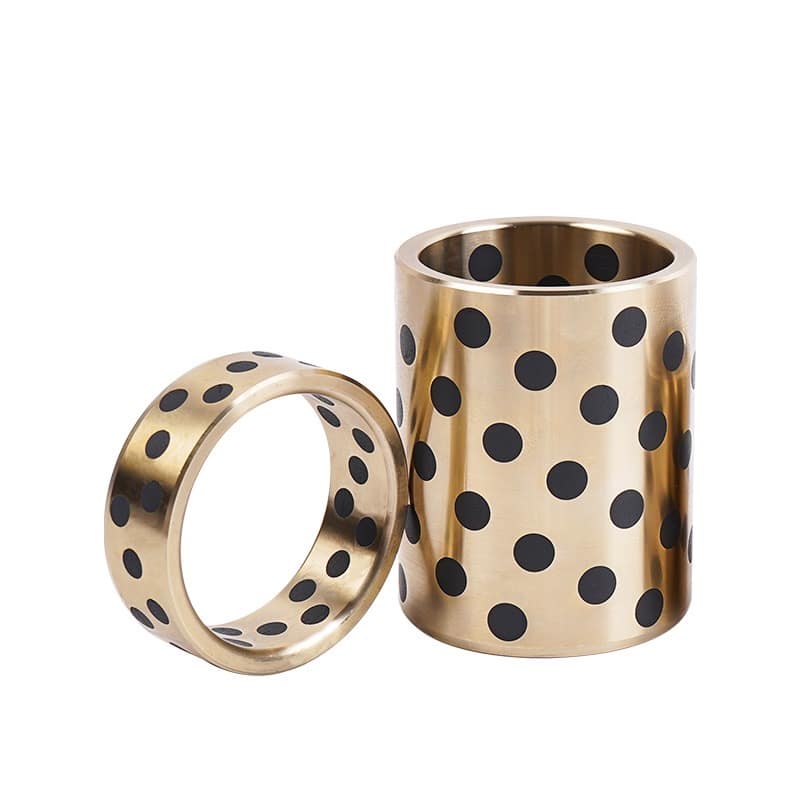
Bushings
Bushings are cylindrical-shaped components used to reduce friction and wear between rotating or sliding parts. NAAMS standard bushings are designed to meet stringent quality and performance requirements, ensuring durability and reliability in various applications. Made from materials such as bronze with self-lubricating graphite, these bushings are ideal for use in automotive manufacturing processes, including metal stamping dies, molds, and heavy machinery.
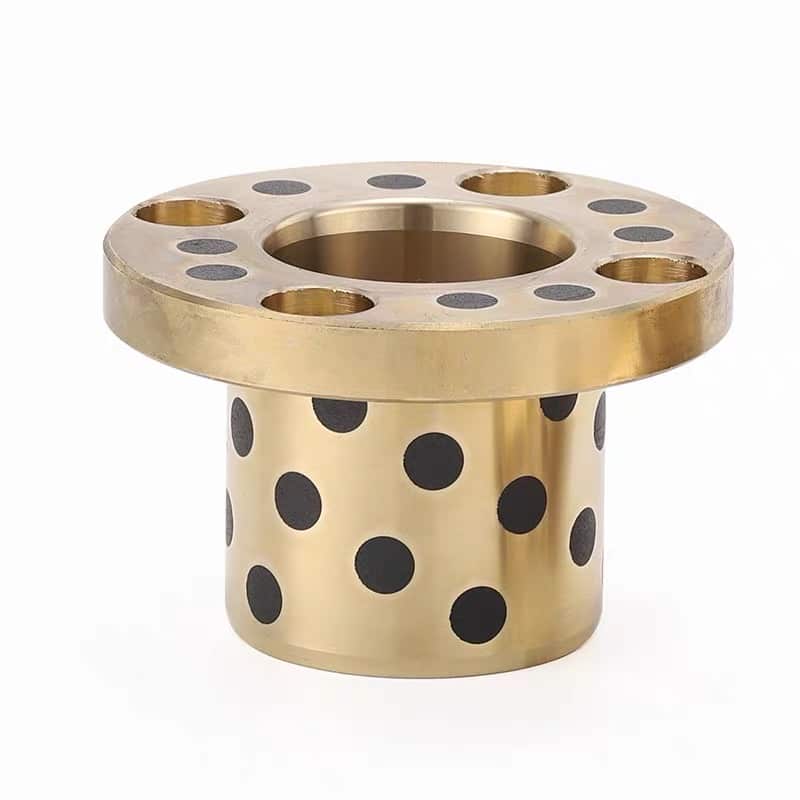
Flange Bushings
Flange bushings are similar to standard bushings but feature a flange on one end. This flange provides additional support, ensuring accurate alignment and stability in the application. NAAMS standard flange bushings are designed to offer superior performance, durability, and compatibility with other components. These flange bushings find applications in automotive manufacturing processes, such as metal stamping dies, plastic injection molding, and assembly operations, where precise guidance and control of linear motion are required.
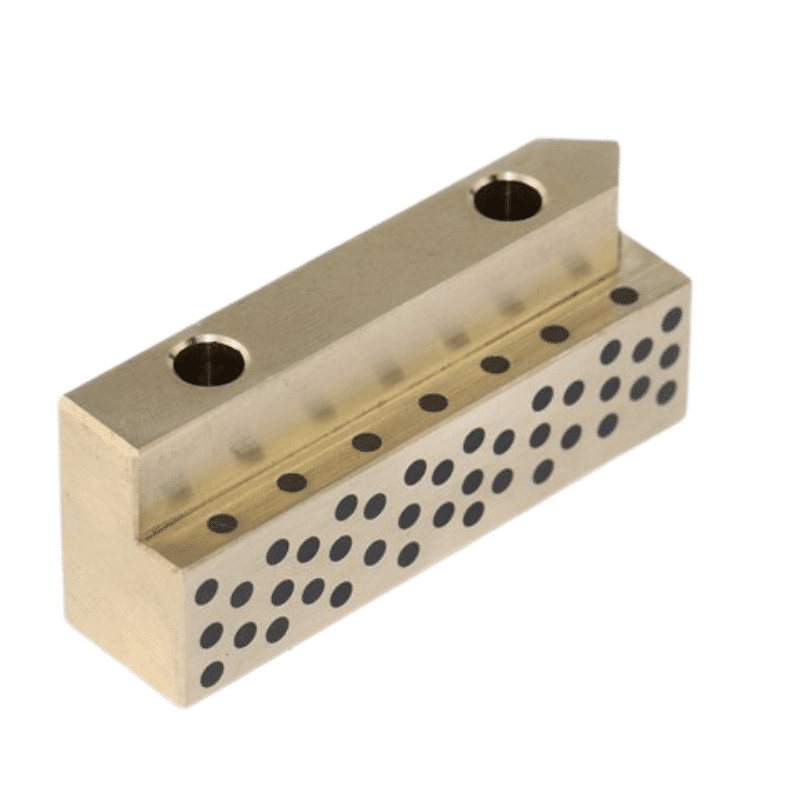
Wear Plates
Wear plates are flat components used to guide and control linear motion when there are heavy forces to contend with. NAAMS standard wear plates are designed to meet specific industry requirements, ensuring optimal performance, durability, and compatibility with other components. Made from materials such as steel or aluminum bronze, with or without self-lubricating graphite, these wear plates are commonly used in metal stamping dies, molds, special machines, and heavy equipment across various industries.
Enhancing Performance with Guide Components: Bronze NAAMS Cam Gibs – 10mm Lip tailored to your individual needs.
Oilless Guide Elements: The Future of Low-Maintenance Sliding Solutions
Oilless guide elements, also known as self-lubricating guide elements, are mechanical components that do not require additional lubrication to reduce friction and wear. These components use solid lubricant deposits to reduce friction and wear between moving parts. Oilless guide elements offer several advantages over traditional lubricated sliding solutions, including reduced maintenance requirements, longer lifespan, and improved performance.
What are Oilless Guide Elements?
Oilless guide elements are mechanical components designed to reduce friction and wear between moving parts without additional lubrication. These components use solid lubricant deposits, such as graphite or molybdenum disulfide, to provide self-lubrication. Oilless guide elements are commonly used in various applications such as industrial equipment, automotive, and aerospace.
Advantages of Oilless Guide Elements
Reduced Maintenance Requirements: Oilless guide elements do not require additional lubrication, reducing the need for regular maintenance and associated costs.
Longer Lifespan: Oilless guide elements have a longer lifespan than traditional lubricated sliding solutions due to their reduced wear and improved performance.
Improved Performance: Oilless guide elements offer improved performance due to their reduced friction and wear, resulting in smoother and more precise movement.
Solid Lubricant Deposits
Solid lubricant deposits are used in oilless guide elements to provide self-lubrication. These deposits can be made of materials such as graphite or molybdenum disulfide. These materials have a low coefficient of friction and adhere well to the surface of the moving parts, reducing friction and wear. The solid lubricant deposits are typically applied to the surface of the guide element during the manufacturing process.
Applications of Oilless Guide Elements
Oilless guide elements are used in various industries and applications, such as:
Industrial Equipment: Oilless guide elements are used in industrial equipment such as conveyors, packaging machinery, and printing presses.
Automotive: Oilless guide elements are used in automotive applications such as suspension systems and steering columns.
Oilless guide elements offer several advantages over traditional lubricated sliding solutions, including reduced maintenance requirements, longer lifespan, and improved performance. These components use solid lubricant deposits to provide self-lubrication, reducing friction and wear between moving parts. Oilless guide elements are commonly used in various industries and applications such as industrial equipment, automotive, and aerospace. The use of solid lubricant deposits has revolutionized the sliding solution industry, providing a low-maintenance and high-performance solution for various applications.
A Comprehensive Guide to Understanding Components
Guide components, also known as linear motion systems, are mechanical components used to guide and support the movement of a load in a linear or rotational motion. These components are essential in various industries such as manufacturing, construction, and engineering, where precise and smooth movement is necessary. In recent years, self-lubricating guide components have gained popularity due to their low-maintenance and high-performance properties.
What are Self-Lubricating Guide Components?
Self-lubricating guide components are mechanical components that use materials with self-lubricating properties, such as PTFE, to reduce friction and wear. These materials eliminate the need for additional lubrication and reduce maintenance, making them ideal for various applications.
Types of Self-Lubricating Guide Components
Linear Guides: Linear guides are used to guide and support a load in a linear motion. They consist of a rail and a carriage that moves along the rail. Linear guides are commonly used in applications such as CNC machines, robotics, and medical equipment.
Rotary Guides: Rotary guides are used to guide and support a load in a rotational motion. They consist of a track and a carriage that rotates along the track. Rotary guides are commonly used in applications such as machine tools, robotics, and packaging machinery.
Sliding Guides: Sliding guides are used to guide and support a load in a sliding motion. They consist of a track and a carriage that slides along the track. Sliding guides are commonly used in applications such as conveyors, packaging machinery, and material handling equipment.
How Do Self-Lubricating Guide Components Work?
Self-lubricating guide components work by utilizing materials with self-lubricating properties, such as PTFE, to reduce friction and wear. These materials eliminate the need for additional lubrication and reduce maintenance. The carriage or slider is mounted on the guide rail or track, and the load is supported and guided by the movement of the carriage or slider along the rail or track.
Applications of Self-Lubricating Guide Components
Self-lubricating guide components are used in various industries and applications, such as:
Manufacturing: Self-lubricating guide components are used in manufacturing equipment such as CNC machines, assembly lines, and packaging machinery.
Self-lubricating guide components are used in construction equipment such as cranes, excavators, and bulldozers.
Engineering: Self-lubricating guide components are used in engineering applications such as robotics, medical equipment, and aerospace.
Benefits of Self-Lubricating Guide Components
Low Maintenance: Self-lubricating guide components require little to no maintenance, reducing downtime and costs associated with maintenance.
High Performance: Self-lubricating guide components offer high-performance properties such as low friction, wear resistance, and durability.
Versatility: Self-lubricating guide components can be used in various applications and industries.
Self-lubricating guide components are essential mechanical components used in various industries and applications. Linear guides, rotary guides, and sliding guides are the most commonly used types of self-lubricating guide components. These components offer numerous benefits such as low maintenance, high performance, and versatility, making them an ideal solution for precise and smooth movement in various applications. The use of self-lubricating materials such as PTFE has revolutionized the guide component industry, providing a low-maintenance and high-performance solution for various applications.
Solid Aluminum Bronze and C86300 Bronze with Self-Lubricating Graphite
Guide components play a crucial role in various industrial applications, particularly in metal stamping dies, where heavy forces are encountered. Made of solid aluminum bronze or C86300 bronze wear surfaces, both with self-lubricating graphite, these guide components offer numerous advantages in terms of durability, performance, and efficiency. Adhering to NAAMS (North American Automotive Metric Standards) standards, these gibs are ideal for a wide range of applications. In this article, we will discuss the benefits of these guide components, their applications, and the importance of conforming to NAAMS standards.
Material Advantages: Solid Aluminum Bronze and C86300 Bronze
Solid aluminum bronze and C86300 bronze are both known for their excellent wear resistance, strength, and anti-corrosive properties. These materials ensure the guide components’ durability and ability to withstand heavy forces, making them suitable for various demanding applications, including metal stamping dies.
Self-Lubricating Graphite
The addition of self-lubricating graphite to these guide components further enhances their performance. Graphite’s natural lubricating properties reduce friction and wear between mating surfaces, ensuring smoother operation and longer service life for the equipment. This feature is particularly beneficial in applications where regular maintenance is difficult or where additional lubrication is undesirable.
Applications of Guide Components
Graphite and bronze are frequently combined in the production of guiding elements, leveraging their shared characteristics of low friction, high-temperature endurance, and self-lubrication. This synergy makes the graphite-bronze duo a prime choice for diminishing wear and tear, thereby enhancing the longevity of mechanical systems.
A typical use of graphite in guiding components is found in guide rails and wear plates. These are often crafted from bronze infused with graphite, where the graphite acts as a solid lubricant. This reduces friction and boosts durability, especially for rotating shafts. Guide rails and wear plates made from this composite are utilized in diverse settings, including agricultural machinery, crane electromotors, and steering shafts.
Graphite and bronze also find application in the creation of guide bushes. Constructed from both materials, these bushes are engineered to be maintenance-free and resistant to wear. The graphite inclusions offer lifelong lubrication, making them perfectly suited for environments where travel speeds are below 0.5 meters per second.
In the mold industry, graphite is integral in producing guide bush and guide pin bearings. These components are tailored to prolong service life, reduce costs, and contribute to more compact equipment designs.
Overall, the amalgamation of graphite and bronze is a staple in various guiding components across multiple sectors, highly valued for its exceptional properties, particularly in scenarios demanding low friction, high-temperature resistance, and self-lubrication.
These guide components, made of solid aluminum bronze or C86300 bronze with self-lubricating graphite, are primarily used in metal stamping dies. They provide precise guidance and control of linear motion, ensuring accurate movement and alignment during the stamping process. In addition to metal stamping dies, these gibs are suitable for use in other applications where heavy forces are encountered, such as heavy machinery, molds, and special machines.
Conformance to NAAMS Standards
By fully conforming to NAAMS standards, these guide components guarantee compatibility and interchangeability with other standardized components, streamlining the manufacturing process and improving overall efficiency. Adhering to NAAMS standards ensures that guide components meet stringent quality and performance requirements, guaranteeing reliability and durability in various applications.
NAAMS Cam Gibs: Precision and Efficiency
NAAMS cam gibs with a 10mm lip provide precise guidance and control of linear motion in various automotive manufacturing processes, including stamping, molding, and assembly. The 10mm lip offers additional stability and surface contact, ensuring accurate movement and alignment. By adhering to NAAMS standards, these cam gibs guarantee compatibility and interchangeability with other standardized components, streamlining the manufacturing process and improving overall efficiency.
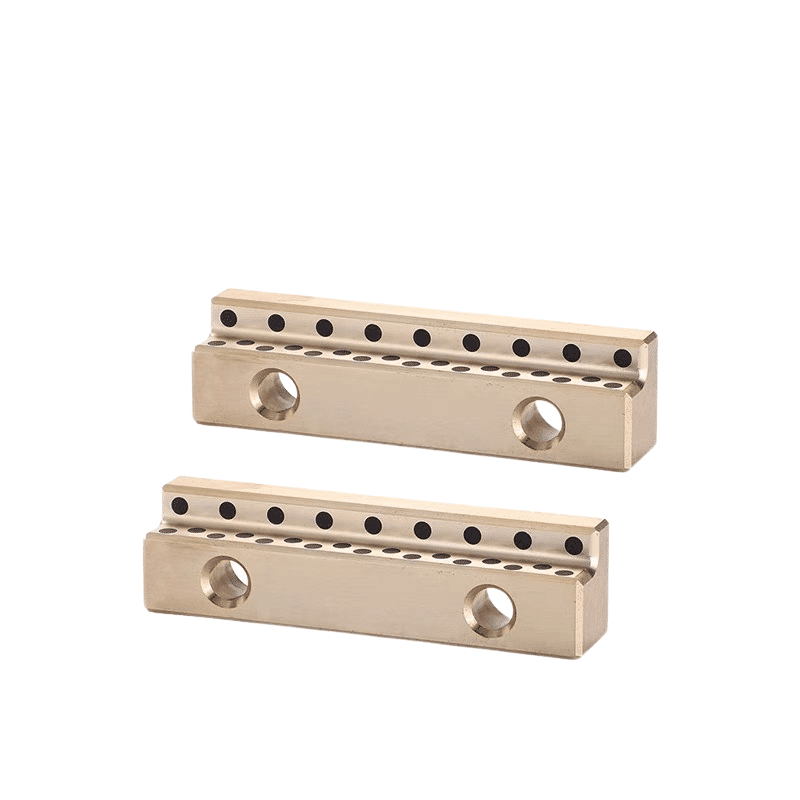
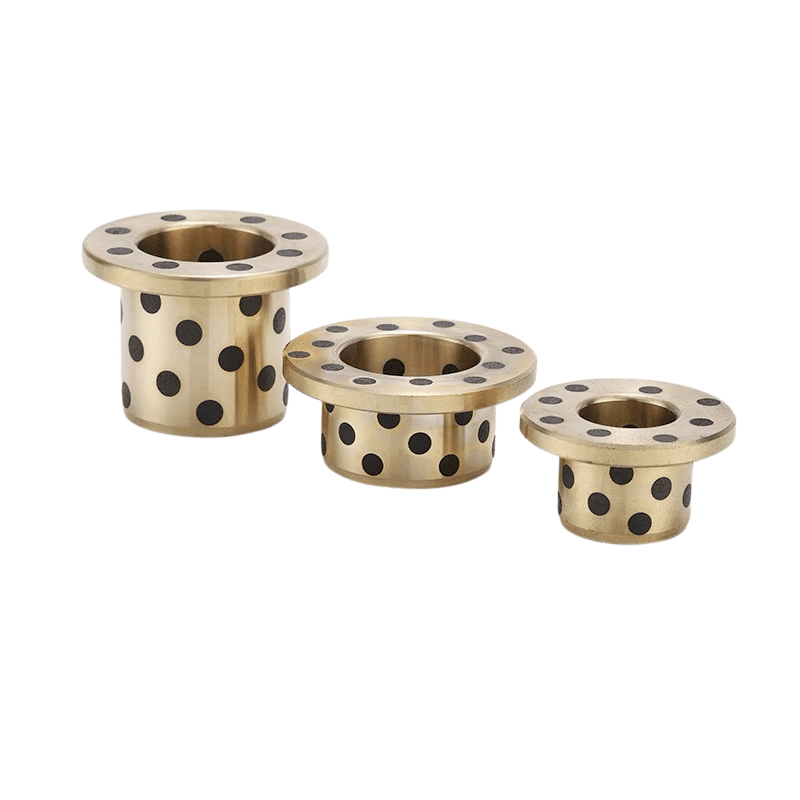
NAAMS Cam Gibs: Precision and Efficiency
NAAMS (North American Automotive Metric Standards) is a set of guidelines that streamline automotive manufacturing processes by ensuring compatibility and interchangeability of components across the industry. NAAMS standard guide components, such as bushings, flange bushings, and wear plates, play a vital role in enhancing the performance and efficiency of various manufacturing processes. This article will discuss these essential guide components and their applications in accordance with NAAMS standards.
Applications in the Automotive Industry, Importance of Adhering to NAAMS Standards
NAAMS cam gibs with a 10mm lip made of graphite bronze are commonly used in automotive manufacturing processes that require precise and controlled linear motion. These processes include metal stamping, plastic injection molding, and assembly operations. The enhanced performance, durability, and reduced friction offered by graphite bronze cam gibs contribute to the overall efficiency and reliability of these processes, ensuring high-quality and consistent output. Adhering to NAAMS standards is crucial for ensuring compatibility, interchangeability, and streamlined manufacturing processes in the automotive industry. By utilizing standardized components such as cam gibs with a 10mm lip, manufacturers can simplify their supply chains, reduce costs, and improve overall efficiency. Additionally, NAAMS standards ensure that cam gibs and other components meet stringent quality and performance requirements, guaranteeing reliability and durability in various applications.
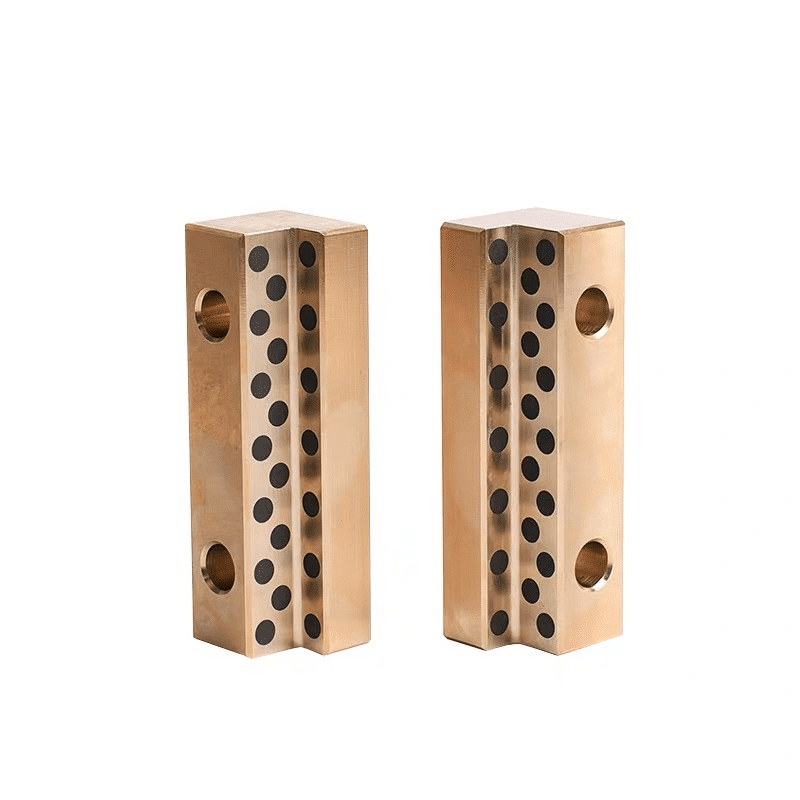
NAAMS cam gibs
NAAMS cam gibs with a 10mm lip made of graphite bronze offer numerous benefits for the automotive industry, including improved performance, reduced friction, and extended service life.
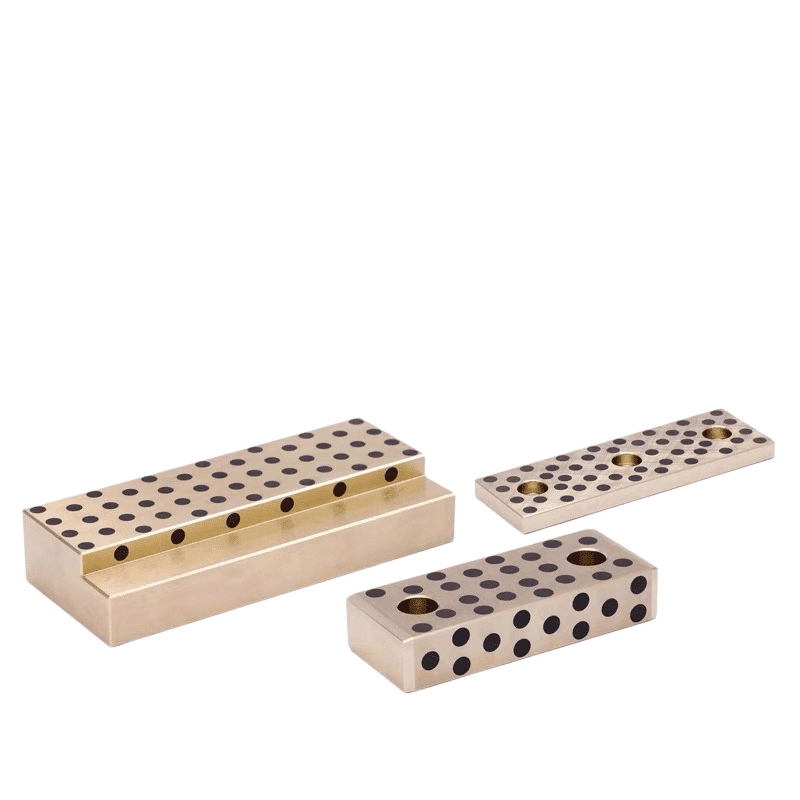
NAAMS standards Graphite Plate
The adherence to NAAMS standards ensures compatibility, interchangeability, and streamlined manufacturing processes, ultimately contributing to increased efficiency and precision.
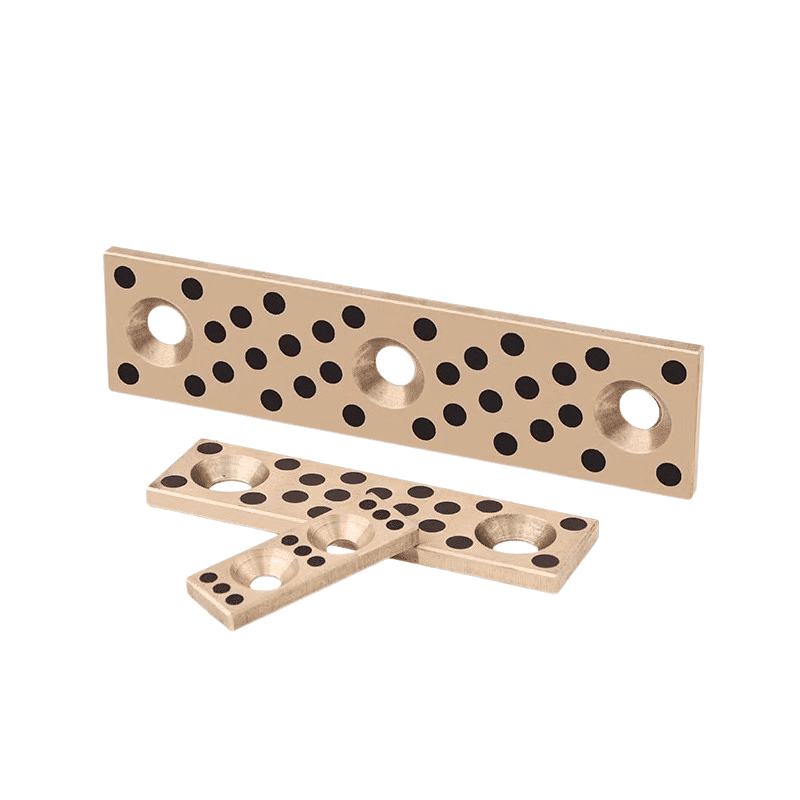
Self-lubricating Wear Plate
By incorporating NAAMS cam gibs with a 10mm lip made of graphite bronze in their manufacturing processes, automotive manufacturers can enhance their production capabilities and ensure consistent, high-quality output.
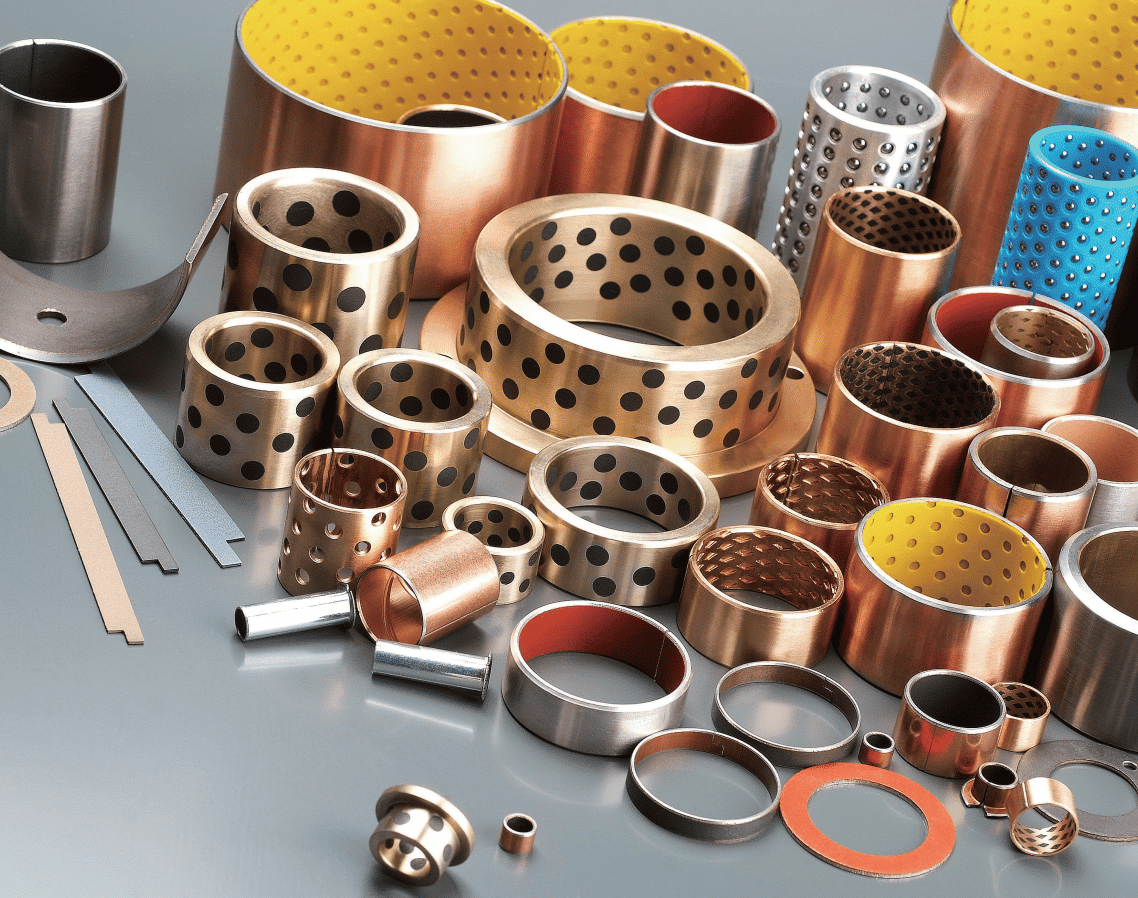
GRAPHITE SLIDE PLATES
Special parts request

